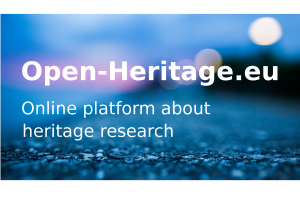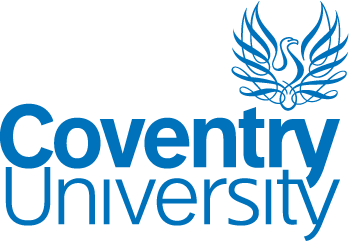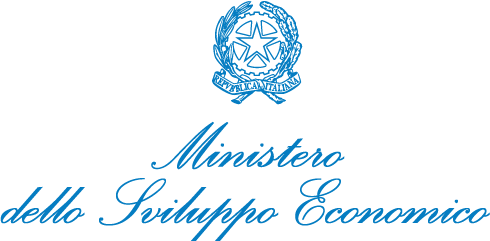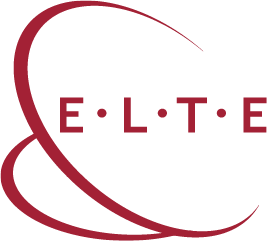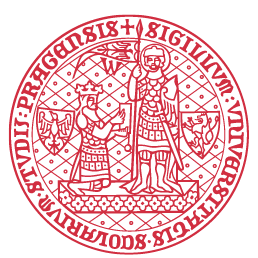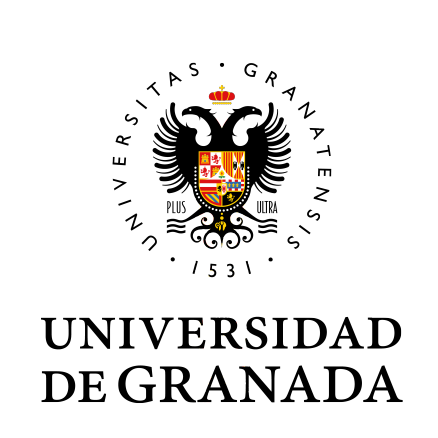Gendered Representation
The participatory pilots each had a dual role of working with their respective communities, but also addressing specific project themes, one of these was the exploration of the roles that women have played and their representation within cultural heritage.
One of many indicators for gender-biased representation of small-town heritage is the lists of famous inhabitants, monumentalised via statues, plaques and street names, that have traditionally been male (e.g. mayors and office holders, politicians, entrepreneurs, inventors and intelligentsia, military heroes, and to some degree even artists). It is clear that the role of women has structurally been marginalised and has to be addressed. Local heritage experts are making an effort to identify and recognise forgotten female figures, as well as to acknowledge more diverse, gender-balanced, experiences that have made contributions to community wellbeing, this is especially pertinent, given that role models often send strong messages on what are desirable aspirations.
Historically, institutions have been shaped by men, as directors, curators, collectors, researchers and ministers and local authorities. This is significant since the absence of women or their concentration in certain sectors influenced all operational fields of the museum, especially the development, perception and presentation of collections. This is also an issue of representation, as women are still not well represented in permanent exhibitions, and when they are, it is often only in connection with traditional gender stereotypes, for example as mothers or art objects. Although women have rarely held leading positions in museums, the history of museums shows that women have been collectors, founders, curators and patrons since the very beginning. Their contribution is now being reassessed. Furthermore, current museum statistics show a trend towards a more balanced ratio. Acknowledging the importance of women as transmitters, producers and consumers of cultural heritage is an indispensable prerequisite for the implementation of participatory projects.
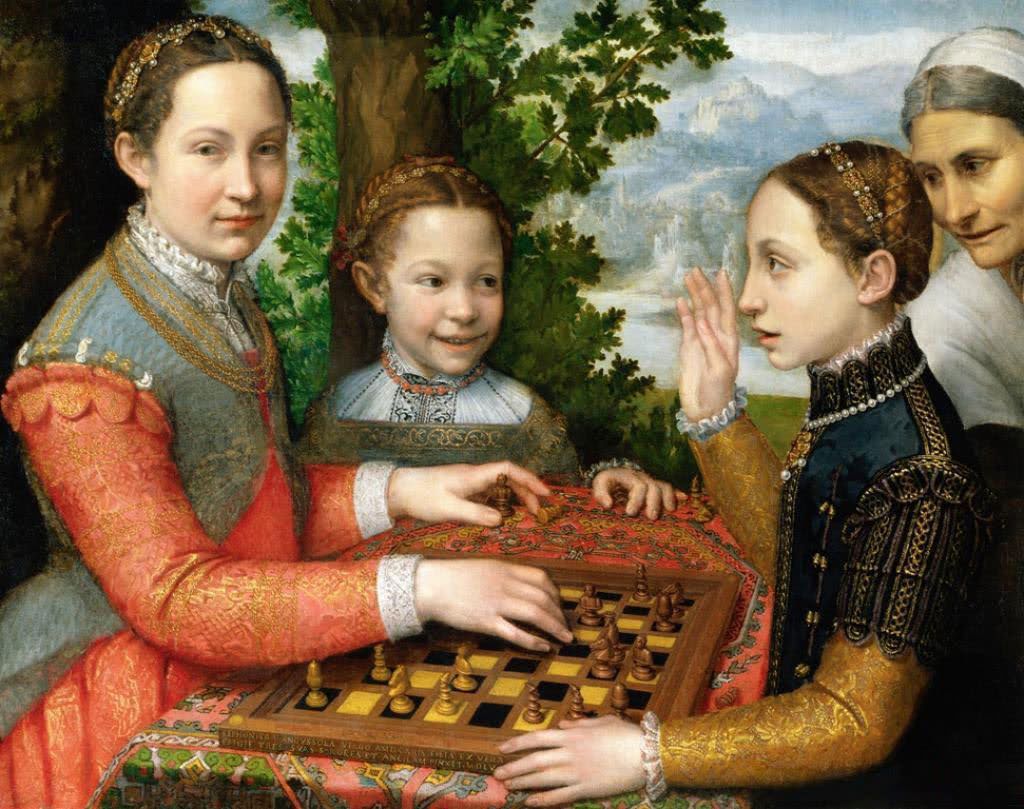
The Chess Game, Sofonisba Anguissola, Public domain, via Wikimedia Commons
The Minority heritage pilot noted that within an already disadvantaged Roma community, women have traditionally been an oppressed group, and yet, things are beginning to change. The pilot worked with many women, engaged in very different aspects of heritage, identifying several initiatives where women have leading roles. The panel held at the REACH conference in Budapest was all female, each representative there as a strong community voice, including the driving force behind the Roma Country House in Hodász, a place where social programmes have been held including one that targeted the prevention of young Roma girls from leaving school early. The activities mapped by the pilot prove that the heritage sector can have a positive impact on the empowerment of Roma women, through initiatives that open up a space where female entrepreneurship can be encouraged, supported and valued.
The agrarian environment has traditionally been unfriendly to women, as the farmers have traditionally been male. However, the presence of women is integral in other rural cultural heritage practices, forming the majority of volunteers attending pilot activities. At least 60% of participants were female, but their participation was also significant because they were clearly more active in supporting the archaeological team, enquiring about more family-focussed activities and highlighting their historical role in traditional activities (such as during Mojaquera Workshop around the main fountain of the town). The Italian cases studies demonstrated that female voices have been more prevalent in the protest movements and in educational projects that have been instigated to help the general public understand the significance of the loss of traditional systems and processes.
Further details relating to these examples can be found in the four pilot deliverables; links are available from the respective pilot pages.
Advancing Women Artists aims to identify and restore art works by women that had been hidden away in storage facilities across Tuscany's museums and churches. It pursues a threefold programme of initiatives in the fields of research, restoration and curation of exhibitions. The sheer volume of works by women has prompted AWA to work for the creation of a dedicated space to display works by these overlooked artists. This identification, in its turn, will contribute to diversifying the cultural offer of museums and galleries and hopefully to promoting a more gender-balanced understanding of heritage. The AWA’s programmes rely on the involvement of women world-wide to support art and conservation through the international Advisory Board or as research volunteers. Creating a connection between modern-day art lovers and women artists of the past, whose works have long remained hidden, is crucial in order to protect the legacy of women artists.
Further details of this best practice case study (together with others that address different REACH themes) can be found in D6.4 - Resilience and social innovation in cultural heritage: a collection of best practices
The REACH project has worked to highlight the ways in which the roles that women have played in cultural heritage, and also society, have been overlooked. There is clearly a desire to change this, and signs that things are moving in the right direction, even if this process still has a long way to go. The project has therefore been eager to underpin its work with this theme of gender representation and therefore contribute towards the ongoing discourse.

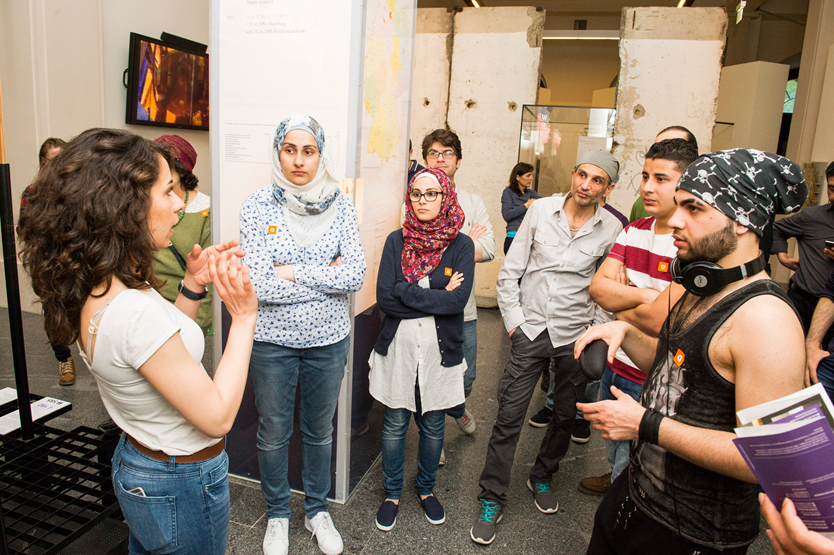 Participants of a guided tour of the project “Multaka” in the Deutsches Historisches Museum
Participants of a guided tour of the project “Multaka” in the Deutsches Historisches Museum 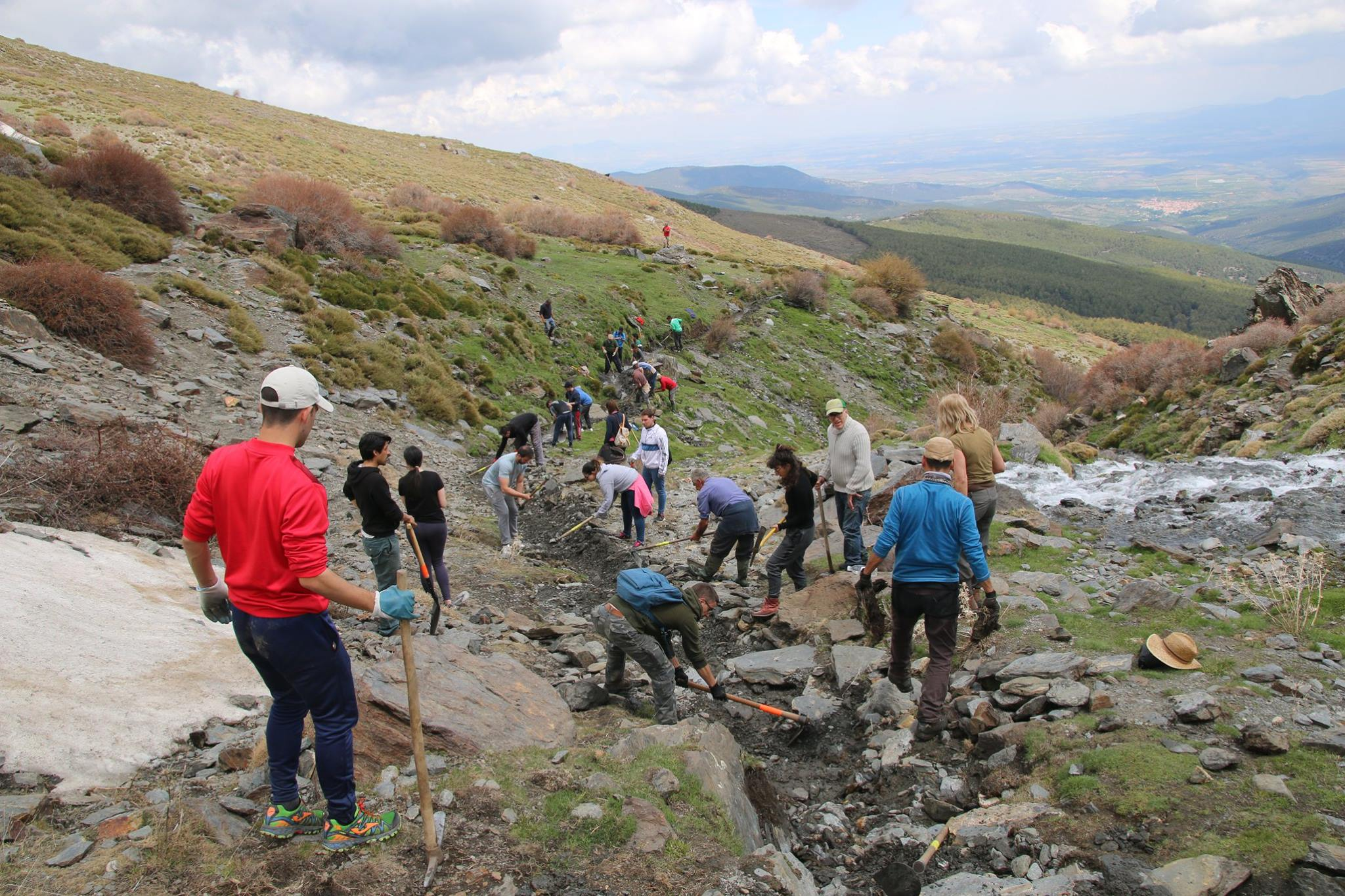 Annual cleaning of the Jerez del Marquesado historic irrigation channel, 2018
Annual cleaning of the Jerez del Marquesado historic irrigation channel, 2018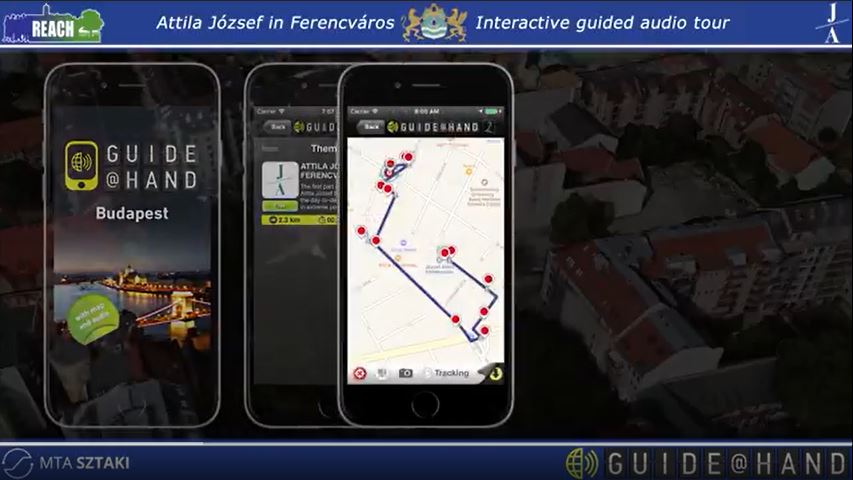
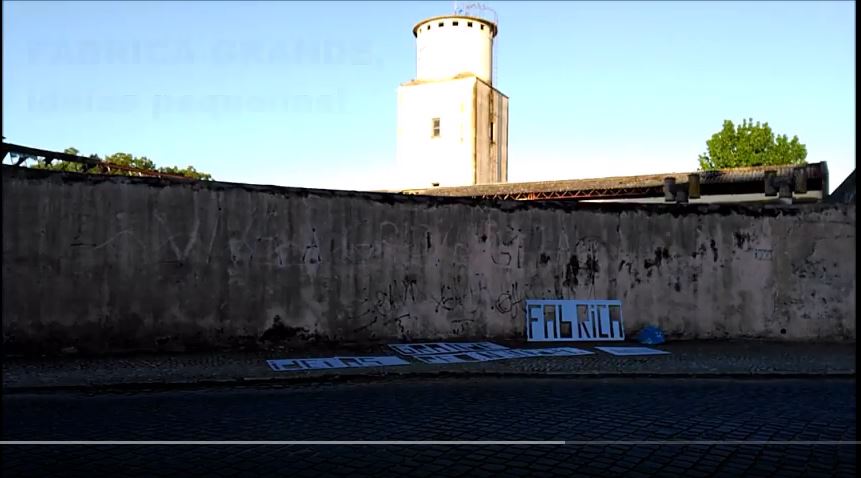
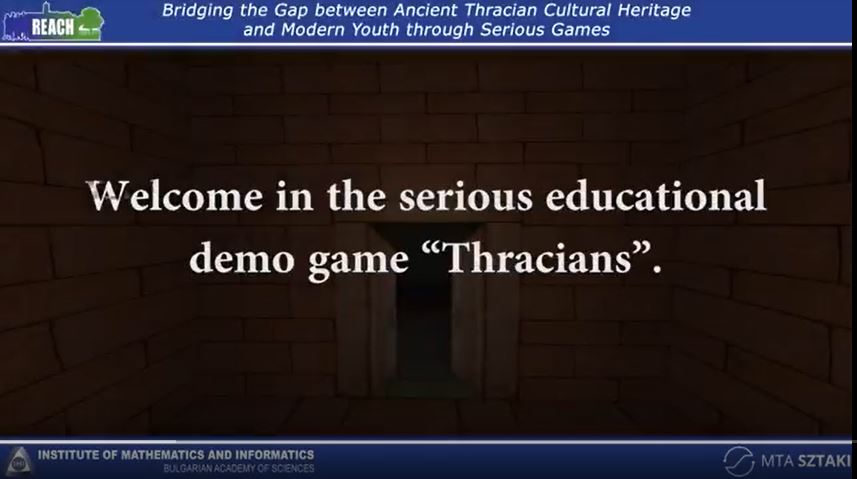
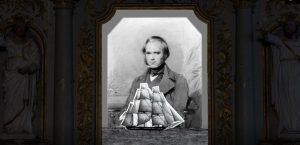
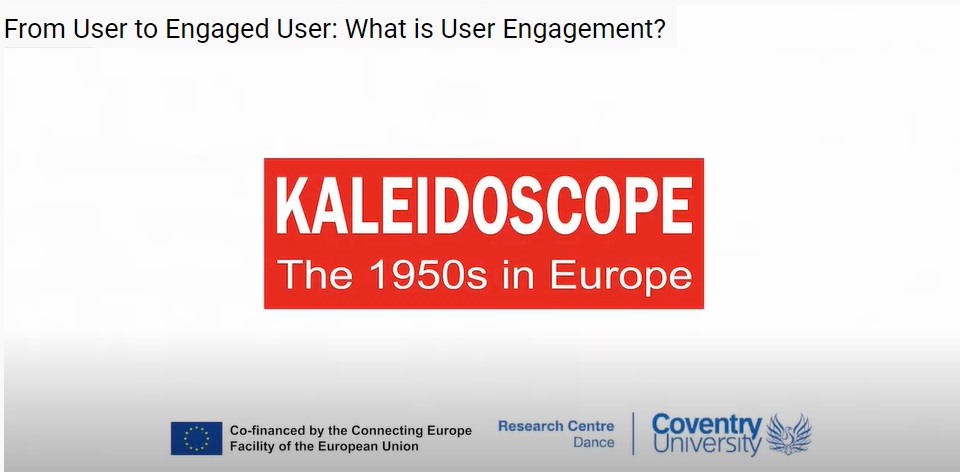

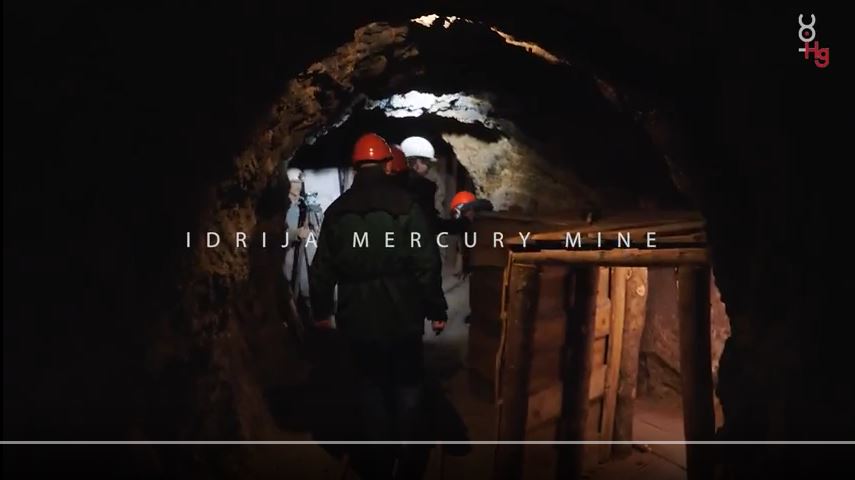
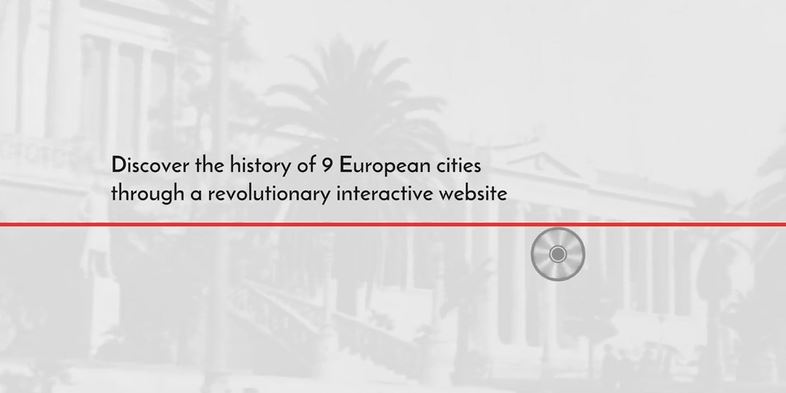

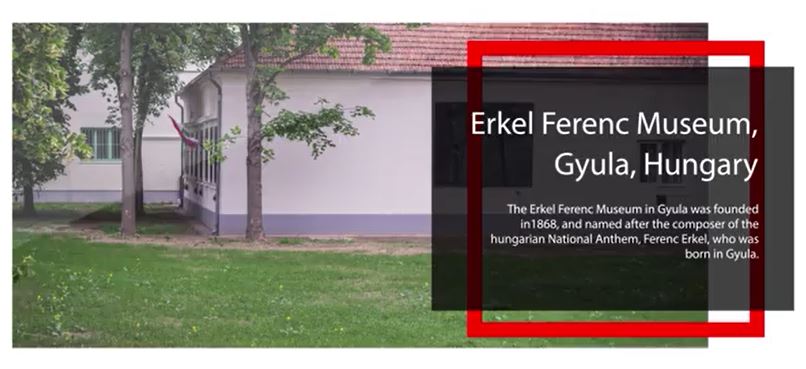
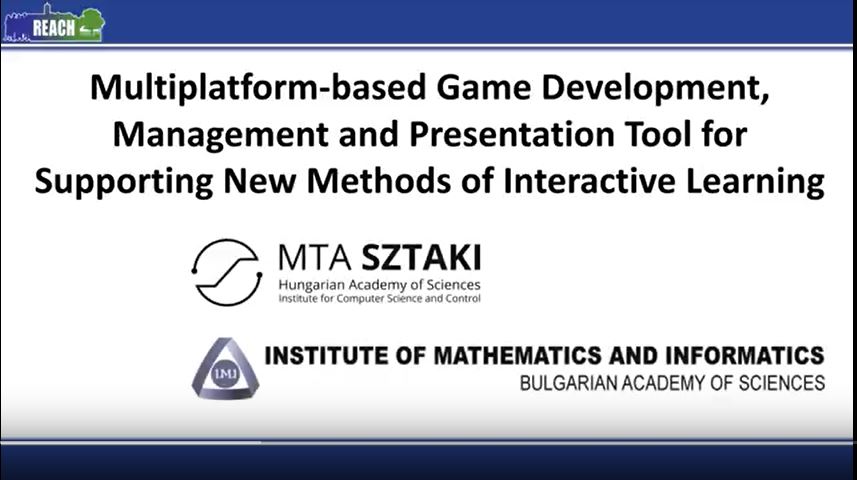
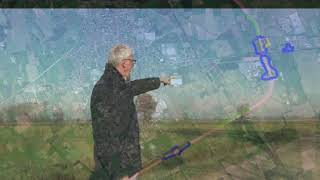
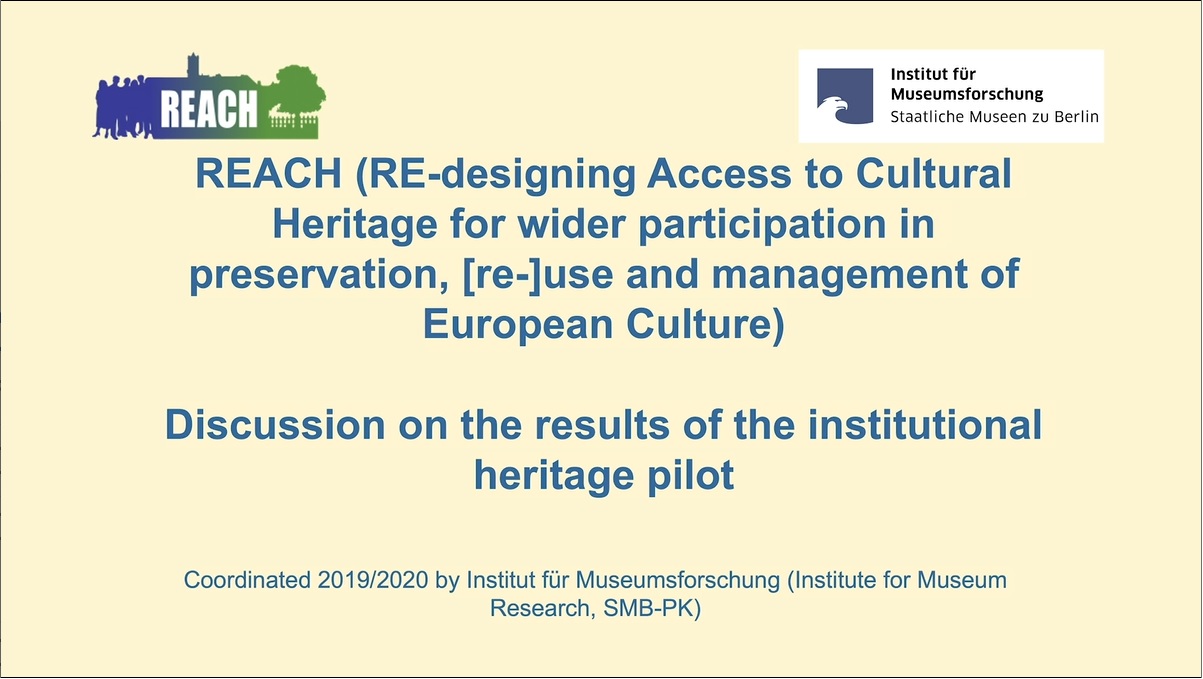
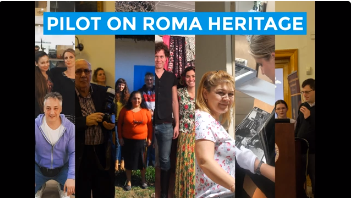
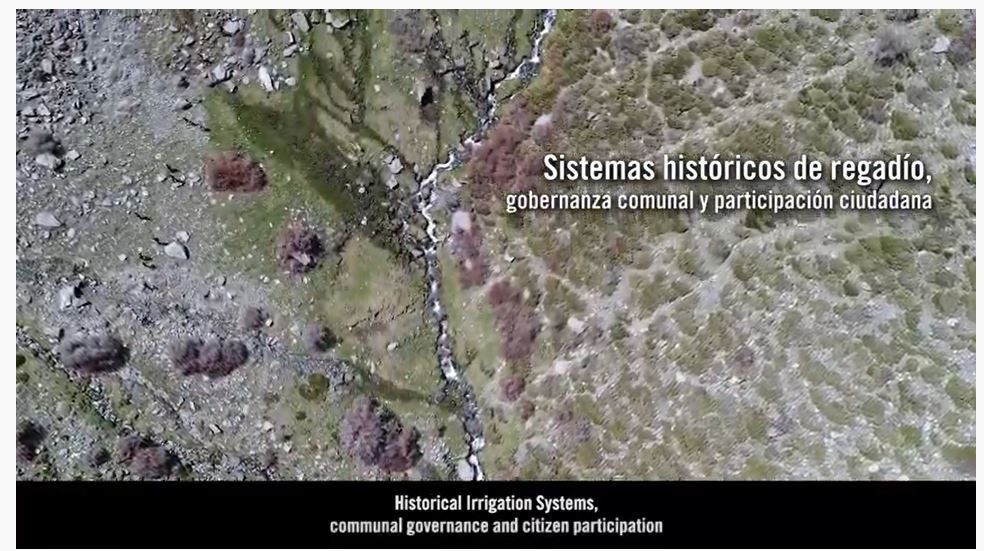
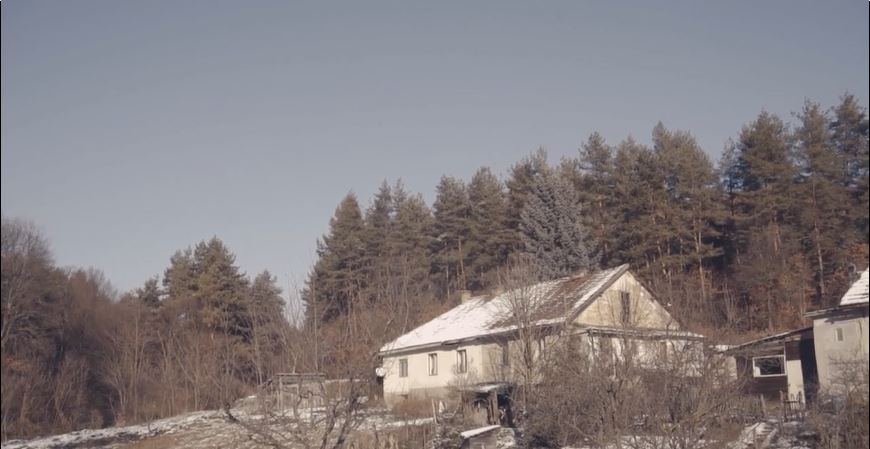
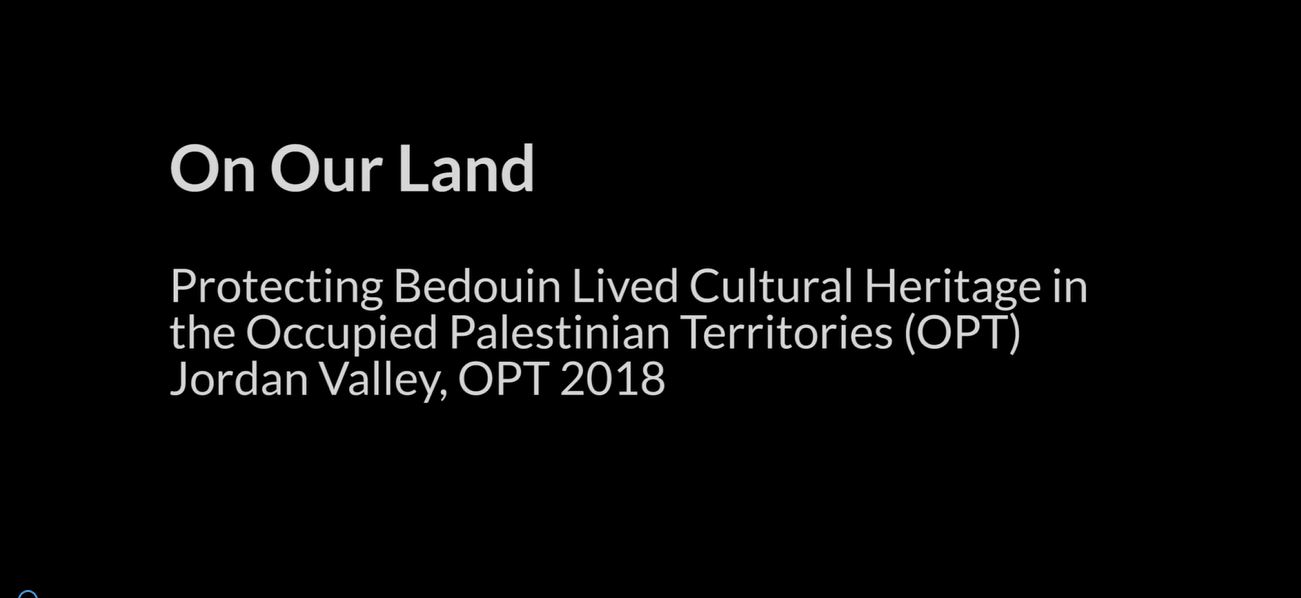
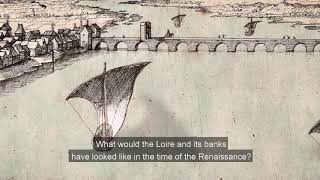

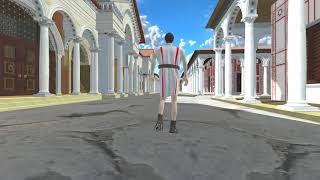
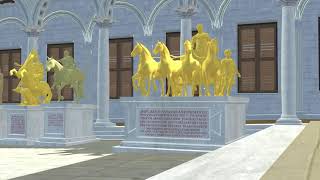
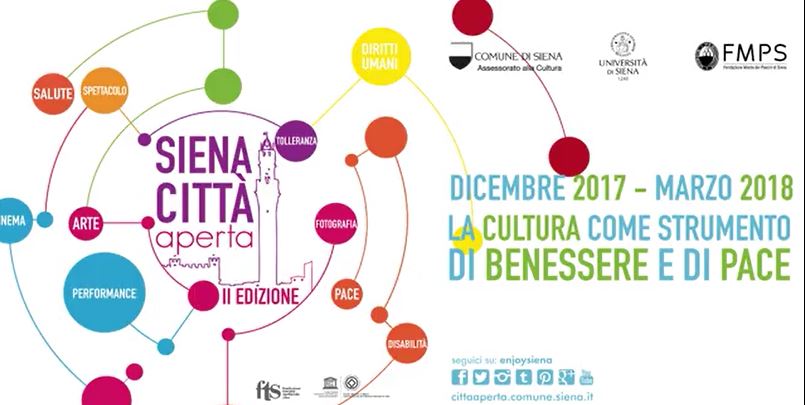
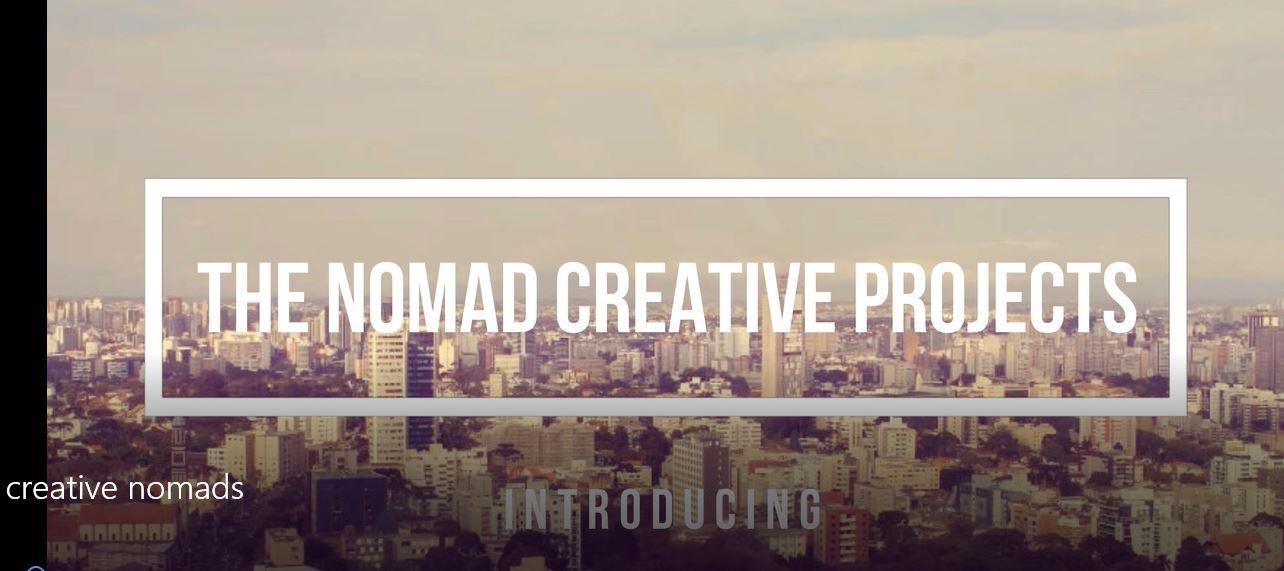
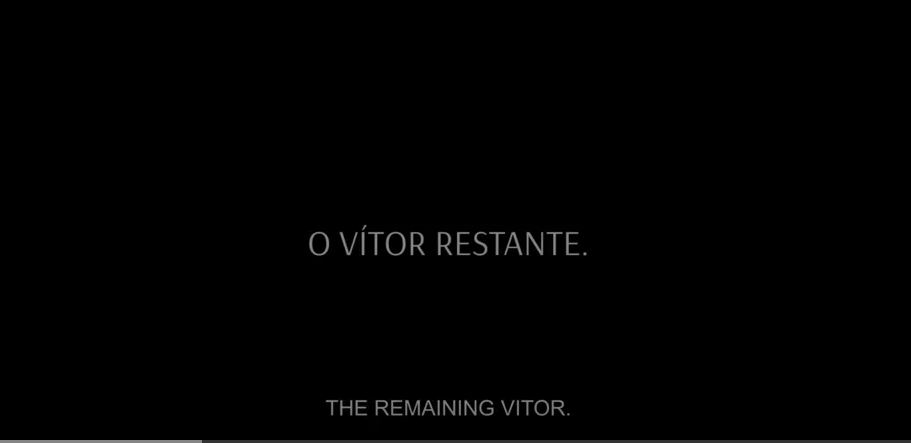
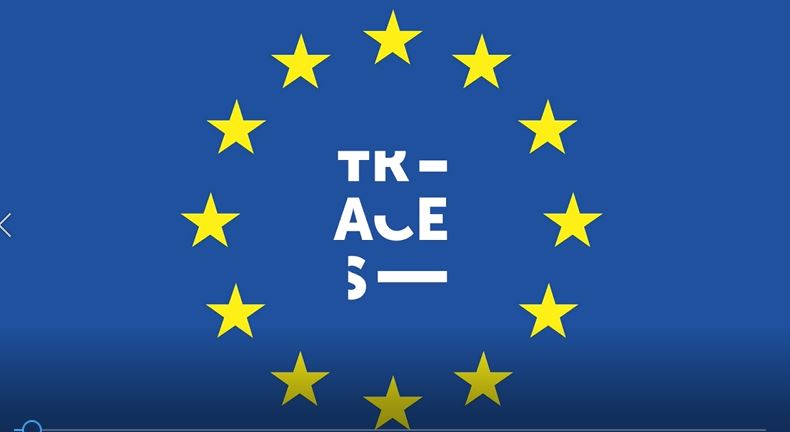

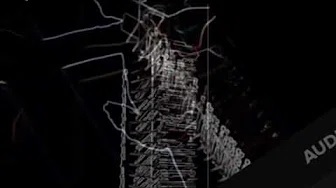
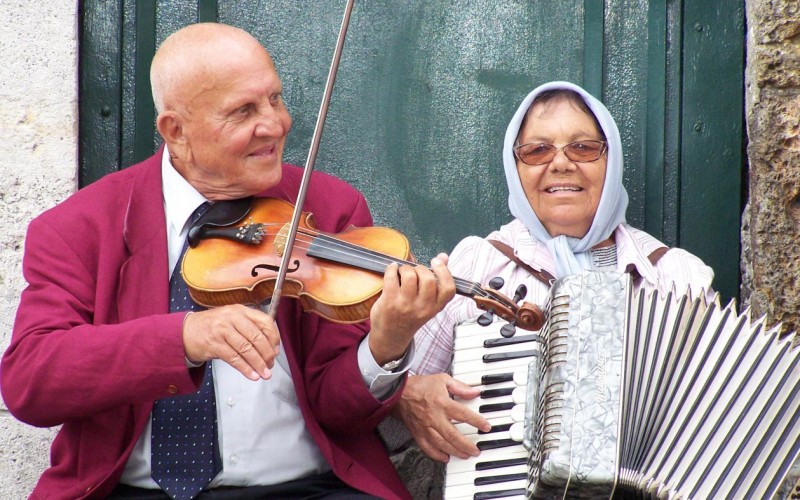
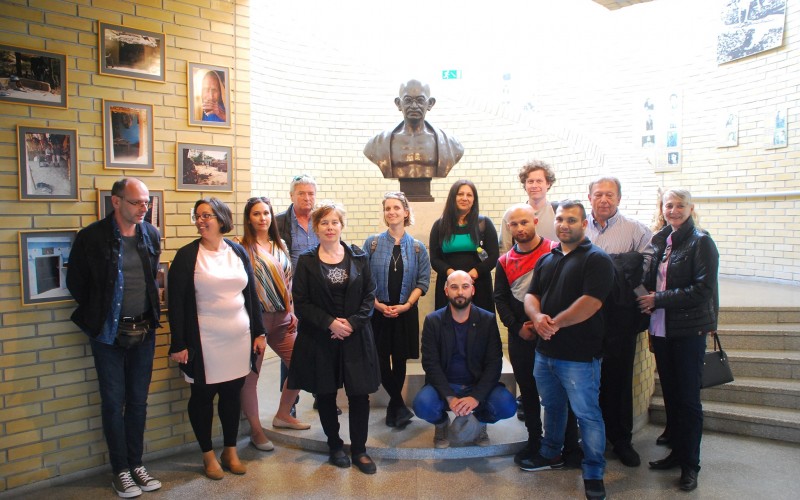
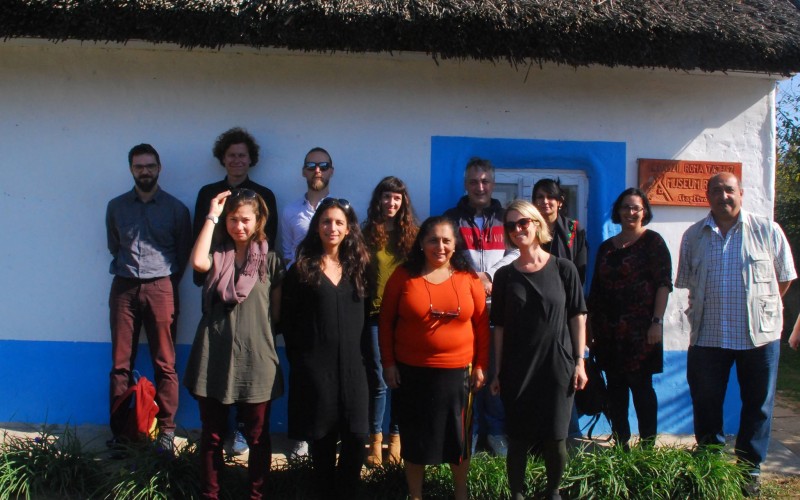
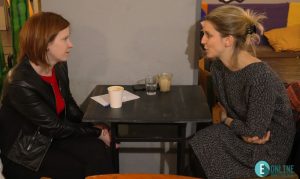 Dr György Eszter interviewed by the E online magazine on the Roma Heritage case study. Read more
Dr György Eszter interviewed by the E online magazine on the Roma Heritage case study. Read more 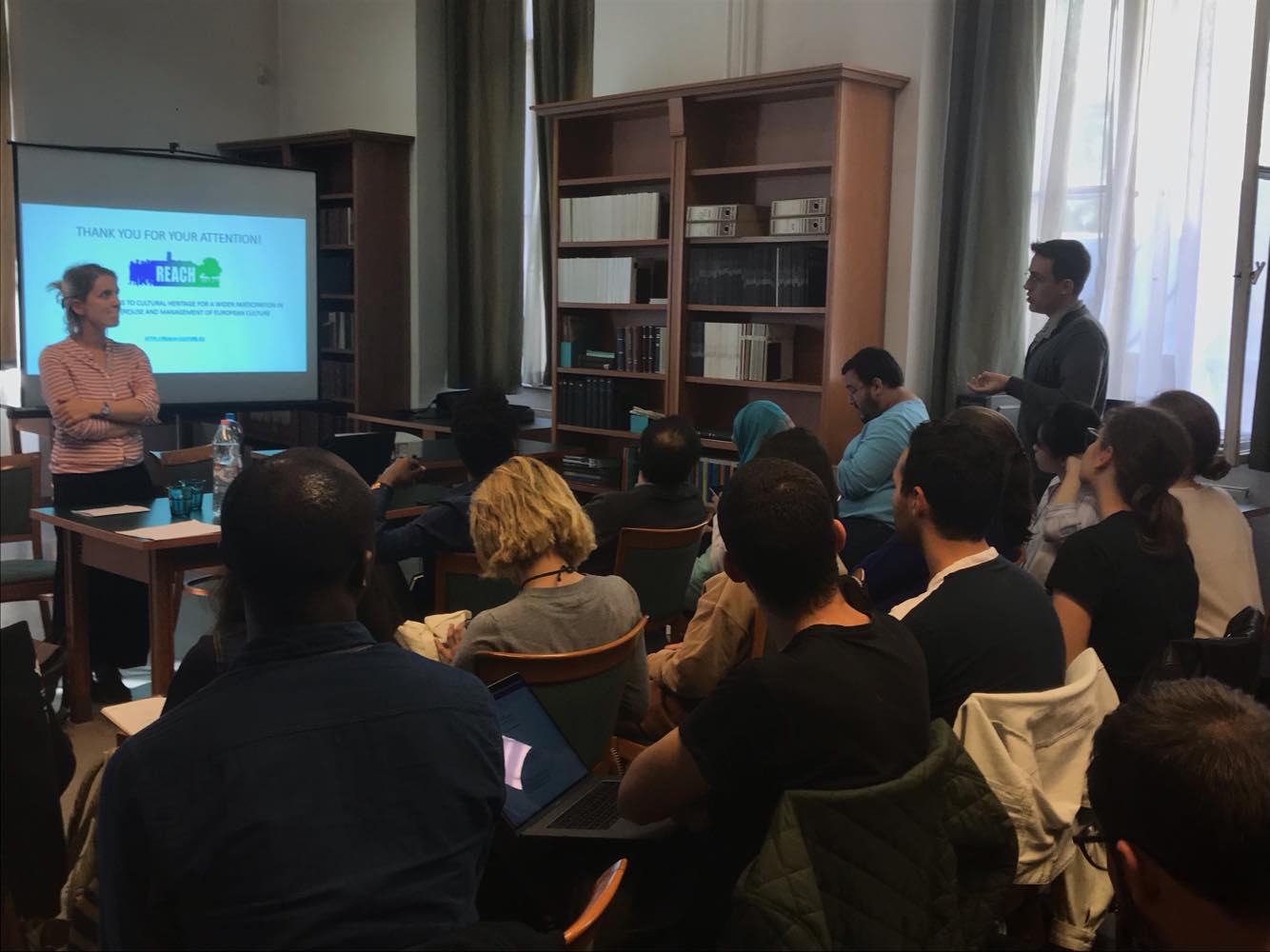 This event, organized by ELTE in cooperation with CEU (Central European University) Cultural Heritage Department, offered an insight into the world of work related to Cultural Heritage. Read more
This event, organized by ELTE in cooperation with CEU (Central European University) Cultural Heritage Department, offered an insight into the world of work related to Cultural Heritage. Read more 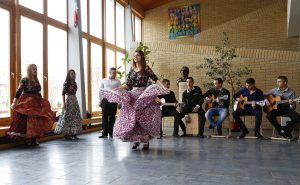 The encounter took place at the Gandhi Secondary School located in Pécs and founded in 1992 by Roma intellectuals; it is the first secondary school in Europe devoted to preparing future Roma intellectuals committed to the cause of the Roma and the continuation of Roma language and culture. Read more
The encounter took place at the Gandhi Secondary School located in Pécs and founded in 1992 by Roma intellectuals; it is the first secondary school in Europe devoted to preparing future Roma intellectuals committed to the cause of the Roma and the continuation of Roma language and culture. Read more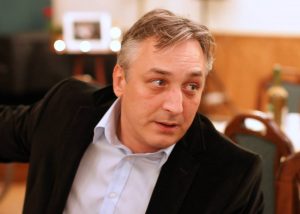 Dr. György Eszter (ELTE) made an interview with István Gábor Molnár, president of Roma Minority Self-Government, Újpest; founder and director of the Roma Local History collection. (
Dr. György Eszter (ELTE) made an interview with István Gábor Molnár, president of Roma Minority Self-Government, Újpest; founder and director of the Roma Local History collection. ( This conference was organized by ELTE together with CH Master students; the REACH partners and many local actors from the 8th district took part. The event was accompanied by a small photographic exhibition.
This conference was organized by ELTE together with CH Master students; the REACH partners and many local actors from the 8th district took part. The event was accompanied by a small photographic exhibition.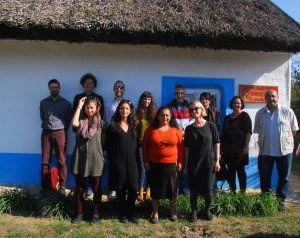 The aim of this workshop was to discover what participatory tools and methods are available to preserve, re-interpret and manage the Hungarian Roma cultural heritage, also in order to sustain it for the younger generations. The encounter was hosted by Roma Country House that is not only undertaking an eminent role in preserving the Roma traditions but also in local community-building.
The aim of this workshop was to discover what participatory tools and methods are available to preserve, re-interpret and manage the Hungarian Roma cultural heritage, also in order to sustain it for the younger generations. The encounter was hosted by Roma Country House that is not only undertaking an eminent role in preserving the Roma traditions but also in local community-building.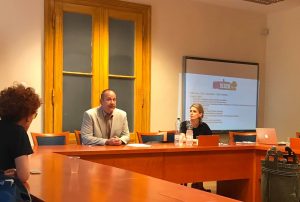
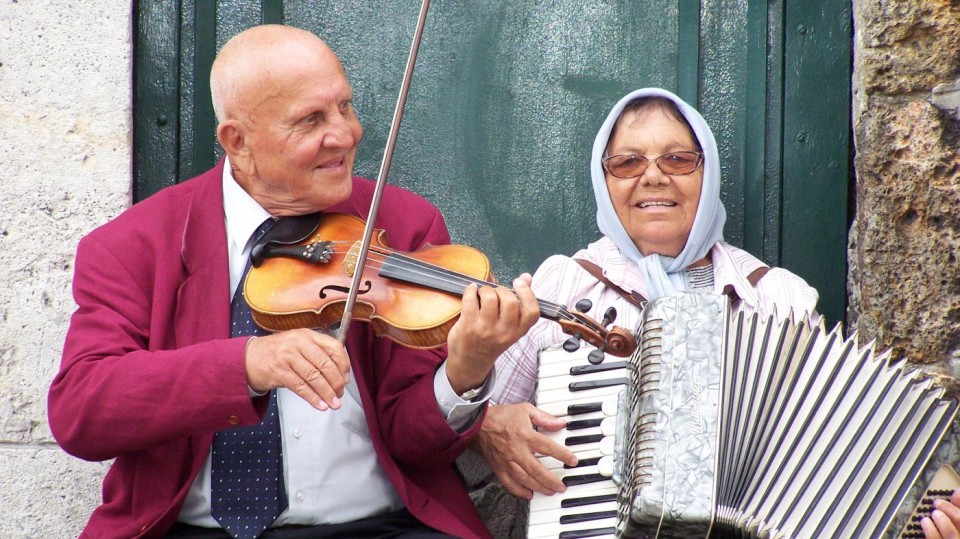
 Silvana Colella - Coventry University - is Professor of English at the University of Macerata, in central Italy, and Senior Research Fellow at Coventry University. Her primary scholarly work focuses on nineteenth century British literature and culture. She has published books and articles on women writers, gender and feminist theories, and the interconnections between literature and economic thought. More recently her research interests have expanded to include cultural heritage as an area of critical inquiry. In 2015, she was appointed President of the European Consortium of Humanities Institutes and Centres (ECHIC).
Silvana Colella - Coventry University - is Professor of English at the University of Macerata, in central Italy, and Senior Research Fellow at Coventry University. Her primary scholarly work focuses on nineteenth century British literature and culture. She has published books and articles on women writers, gender and feminist theories, and the interconnections between literature and economic thought. More recently her research interests have expanded to include cultural heritage as an area of critical inquiry. In 2015, she was appointed President of the European Consortium of Humanities Institutes and Centres (ECHIC).
 Neil Forbes, REACH Project Coordinator - Coventry University– is Professor of International History at Coventry University, UK. His research interests and publications lie in the fields of Cultural Heritage (conflict, contested landscapes and the memorialisation of war), the interaction of foreign policy formulation with the practices of multinational enterprise during the interwar years, the processes of financial stabilisation after the First World War, and Anglo-American relations and the rise of the Third Reich. He has played a leading role in several research projects, including a £1m digitisation and creative archiving project in association with the UK’s BT and The National Archives, and has recently acted as Co-ordinator of the EU’s FP7 RICHES project - Renewal, Innovation and Change: Heritage and European Society. He is a member of several professional associations and other bodies.
Neil Forbes, REACH Project Coordinator - Coventry University– is Professor of International History at Coventry University, UK. His research interests and publications lie in the fields of Cultural Heritage (conflict, contested landscapes and the memorialisation of war), the interaction of foreign policy formulation with the practices of multinational enterprise during the interwar years, the processes of financial stabilisation after the First World War, and Anglo-American relations and the rise of the Third Reich. He has played a leading role in several research projects, including a £1m digitisation and creative archiving project in association with the UK’s BT and The National Archives, and has recently acted as Co-ordinator of the EU’s FP7 RICHES project - Renewal, Innovation and Change: Heritage and European Society. He is a member of several professional associations and other bodies.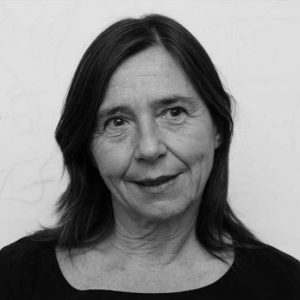 Antonella Fresa, REACH Network Coordinator - ICT expert, Director of Design and General Manager at Promoter SRL, she has been working on European cooperation projects since the nineties. Since 2002, she is Technical Coordinator and Communication Manager of national and European projects in the domains of digital cultural heritage, creativity and co-creation, citizen science, smart cities, digital preservation and eInfrastructures. From 2002 to 2012, she has been advisor of the Italian Ministry of Cultural Heritage and Activities, technical coordinator of the Ministry’s EC funded projects on digitisation, and from its establishment until 2012 Member of the Concertation Table between the Ministry of Culture (MiBAC) and the Ministry of Research (MIUR). From 1999 to 2002, she was Project Officer by the European Commission in Brussels. Previously, adviser of innovation agencies, Italian and European enterprises, universities and research centres. From 1980 until 1989 researcher at Olivetti in Pisa, Ivrea and Cupertino (CA, USA). She has been reviewer in the Call for the Portuguese National Roadmap of Research Infrastructures of Strategic Relevance (FCT, Portugal) and for the Austrian Agency for International Cooperation in Education and Research (OeAD-GmbH). She regularly serves as independent expert and evaluator for the European Commission. She is Vice-President of the PHOTOCONSORTIUM International Association for valuing photographic heritage and she is enterprise fellow at Coventry University. Founding member of IDEA - International Digital Epigraphy Association.
Antonella Fresa, REACH Network Coordinator - ICT expert, Director of Design and General Manager at Promoter SRL, she has been working on European cooperation projects since the nineties. Since 2002, she is Technical Coordinator and Communication Manager of national and European projects in the domains of digital cultural heritage, creativity and co-creation, citizen science, smart cities, digital preservation and eInfrastructures. From 2002 to 2012, she has been advisor of the Italian Ministry of Cultural Heritage and Activities, technical coordinator of the Ministry’s EC funded projects on digitisation, and from its establishment until 2012 Member of the Concertation Table between the Ministry of Culture (MiBAC) and the Ministry of Research (MIUR). From 1999 to 2002, she was Project Officer by the European Commission in Brussels. Previously, adviser of innovation agencies, Italian and European enterprises, universities and research centres. From 1980 until 1989 researcher at Olivetti in Pisa, Ivrea and Cupertino (CA, USA). She has been reviewer in the Call for the Portuguese National Roadmap of Research Infrastructures of Strategic Relevance (FCT, Portugal) and for the Austrian Agency for International Cooperation in Education and Research (OeAD-GmbH). She regularly serves as independent expert and evaluator for the European Commission. She is Vice-President of the PHOTOCONSORTIUM International Association for valuing photographic heritage and she is enterprise fellow at Coventry University. Founding member of IDEA - International Digital Epigraphy Association. Tim Hammerton, REACH Project Manager - Coventry University - is an experienced project manager having most recently held that role for the highly regarded FP7 RICHES and CIP Europeana Space projects, coordinated by Coventry University. He has previously managed European mobility and significant European funded projects, including the redundancy and redeployment contracts when the large MG Rover and Peugeot car factories closed; successfully meeting outcomes, within budget. As a result, he was invited to sit on regional committees such as the West Midlands Regional Redundancy Strategy Group and other key working groups to provide advice on developing effective project management infrastructure. His cultural heritage credentials are demonstrated, as he has had a Coventry located Treasure Trail published, using historical buildings and information as clues, which is now available to the general public.
Tim Hammerton, REACH Project Manager - Coventry University - is an experienced project manager having most recently held that role for the highly regarded FP7 RICHES and CIP Europeana Space projects, coordinated by Coventry University. He has previously managed European mobility and significant European funded projects, including the redundancy and redeployment contracts when the large MG Rover and Peugeot car factories closed; successfully meeting outcomes, within budget. As a result, he was invited to sit on regional committees such as the West Midlands Regional Redundancy Strategy Group and other key working groups to provide advice on developing effective project management infrastructure. His cultural heritage credentials are demonstrated, as he has had a Coventry located Treasure Trail published, using historical buildings and information as clues, which is now available to the general public. Dr. Perla Innocenti - University of Strathclyde – is Senior Lecturer in Information Science at the University of Strathclyde, UK. She is a cultural heritage scholar, deeply engaged with curating, making accessible, and sustainably reusing tangible and intangible heritage via socio-technical means. She is an experienced PI and Co-I in several EU-funded and national grants, has published widely, and collaborated with over 150 organisations in Europe and beyond. Her work currently embraces passions focussed around digital technologies and intangible heritage practices. Recent research includes cultural networks in migrating heritage, food heritage traditions of marginalised groups, use of digital technologies in hiking and pilgrimage routes. Her expertise also encompasses digital preservation, digital libraries and repositories, digital imaging, museum and art history. For further information:
Dr. Perla Innocenti - University of Strathclyde – is Senior Lecturer in Information Science at the University of Strathclyde, UK. She is a cultural heritage scholar, deeply engaged with curating, making accessible, and sustainably reusing tangible and intangible heritage via socio-technical means. She is an experienced PI and Co-I in several EU-funded and national grants, has published widely, and collaborated with over 150 organisations in Europe and beyond. Her work currently embraces passions focussed around digital technologies and intangible heritage practices. Recent research includes cultural networks in migrating heritage, food heritage traditions of marginalised groups, use of digital technologies in hiking and pilgrimage routes. Her expertise also encompasses digital preservation, digital libraries and repositories, digital imaging, museum and art history. For further information:  Zoltán Krasznai is senior policy officer at the European Commission's Directorate General for Research and Innovation, in unit E.6 'Economic and Social Transitions'. Zoltán is historian, holding his PhD from the Ecole des Hautes Etudes en Sciences Sociales (EHESS) of Paris. At the European Commission he is the secretary of the Horizon 2020 Programme Committee in charge of social sciences and humanities (Societal Challenge 6: Europe in a changing world. Innovative, inclusive and reflective societies). He also coordinates the drafting of the new Horizon Europe work programme for Cluster 2: Culture, creativity and inclusive societies. In recent years he contributed to European research and innovation initiatives about culture and cultural heritage. Before joining the European Commission in 2013, Zoltán worked at the European Economic and Social Committee, a consultative body of the European Union.
Zoltán Krasznai is senior policy officer at the European Commission's Directorate General for Research and Innovation, in unit E.6 'Economic and Social Transitions'. Zoltán is historian, holding his PhD from the Ecole des Hautes Etudes en Sciences Sociales (EHESS) of Paris. At the European Commission he is the secretary of the Horizon 2020 Programme Committee in charge of social sciences and humanities (Societal Challenge 6: Europe in a changing world. Innovative, inclusive and reflective societies). He also coordinates the drafting of the new Horizon Europe work programme for Cluster 2: Culture, creativity and inclusive societies. In recent years he contributed to European research and innovation initiatives about culture and cultural heritage. Before joining the European Commission in 2013, Zoltán worked at the European Economic and Social Committee, a consultative body of the European Union. Gábor Sonkoly - ELTE University - (CSc, Hungarian Academy of Sciences, 1998; Ph.D. EHESS, Paris, 2000; Dr. habil. ELTE, Budapest, 2008; DSc, Hungarian Academy of Sciences, 2017) is a Professor of History, Dean of the Faculty of Humanities and Director of the Doctoral School of History at Eötvös Loránd University of Budapest. He is the author of Les villes en Transylvanie moderne, 1715-1857 (2011) and Historical Urban Landscape (2017). He published three monographs in Hungarian, edited four volumes and wrote more than seventy articles and book chapters on urban history, urban heritage and critical history of cultural heritage. He presented at more than hundred international colloquia and was a guest professor in eleven countries of five continents. He is the scientific coordinator of TEMA+ Erasmus Mundus European Master’s Course entitled European Territories: Heritage and Development. He is Member of the Panel for European Heritage Label. He is an active EC expert since 2016. He is the Knight of the French Order of Academic Palms (2011).
Gábor Sonkoly - ELTE University - (CSc, Hungarian Academy of Sciences, 1998; Ph.D. EHESS, Paris, 2000; Dr. habil. ELTE, Budapest, 2008; DSc, Hungarian Academy of Sciences, 2017) is a Professor of History, Dean of the Faculty of Humanities and Director of the Doctoral School of History at Eötvös Loránd University of Budapest. He is the author of Les villes en Transylvanie moderne, 1715-1857 (2011) and Historical Urban Landscape (2017). He published three monographs in Hungarian, edited four volumes and wrote more than seventy articles and book chapters on urban history, urban heritage and critical history of cultural heritage. He presented at more than hundred international colloquia and was a guest professor in eleven countries of five continents. He is the scientific coordinator of TEMA+ Erasmus Mundus European Master’s Course entitled European Territories: Heritage and Development. He is Member of the Panel for European Heritage Label. He is an active EC expert since 2016. He is the Knight of the French Order of Academic Palms (2011).
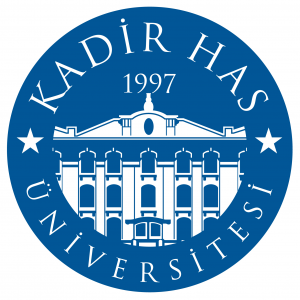 Kadir Has University, founded in 1997, is one of the leading mid-size universities in Turkey with 6000 undergraduate, 1000 Master’s and PhD students were enrolled at twenty-five different departments in the faculties of Communications, Engineering and Natural Sciences, Economics, Administrative and Social Sciences, Management, Art and Design, Law, and Applied Sciences. At Kadir Has University, we believe in the importance of scientific and technical research and dissemination of knowledge, in addition to education, to become an internationally competitive institution. To facilitate the realization of this vision, KHAS is making all efforts to increase its research potential and activities.
Kadir Has University, founded in 1997, is one of the leading mid-size universities in Turkey with 6000 undergraduate, 1000 Master’s and PhD students were enrolled at twenty-five different departments in the faculties of Communications, Engineering and Natural Sciences, Economics, Administrative and Social Sciences, Management, Art and Design, Law, and Applied Sciences. At Kadir Has University, we believe in the importance of scientific and technical research and dissemination of knowledge, in addition to education, to become an internationally competitive institution. To facilitate the realization of this vision, KHAS is making all efforts to increase its research potential and activities.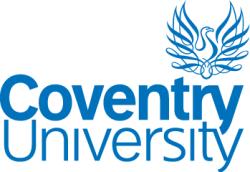
 Neil Forbes – male – REACH Co-ordinator. Professor of International History at Coventry University, UK. His research interests and publications lie in the fields of Cultural Heritage (conflict, contested landscapes and the memorialisation of war), the interaction of foreign policy formulation with the practices of multinational enterprise during the interwar years, the processes of financial stabilisation after the First World War, and Anglo-American relations and the rise of the Third Reich. He has played a leading role in several research projects, including a £1m digitisation and creative archiving project in association with the UK’s BT and The National Archives, and has recently acted as Co-ordinator of the EU’s FP7 RICHES project - Renewal, Innovation and Change: Heritage and European Society. He is a member of several professional associations and other bodies.
Neil Forbes – male – REACH Co-ordinator. Professor of International History at Coventry University, UK. His research interests and publications lie in the fields of Cultural Heritage (conflict, contested landscapes and the memorialisation of war), the interaction of foreign policy formulation with the practices of multinational enterprise during the interwar years, the processes of financial stabilisation after the First World War, and Anglo-American relations and the rise of the Third Reich. He has played a leading role in several research projects, including a £1m digitisation and creative archiving project in association with the UK’s BT and The National Archives, and has recently acted as Co-ordinator of the EU’s FP7 RICHES project - Renewal, Innovation and Change: Heritage and European Society. He is a member of several professional associations and other bodies. Sarah Whatley – female – is Professor of Dance and Director of the Centre for Dance Research at Coventry University, which includes expertise in gender studies and IP law. Her research focuses on dance and new technologies, intangible cultural heritage, dance analysis and documentation, somatic dance practice and pedagogy, and inclusive dance. She has published widely on these themes and the AHRC, EU, and the Leverhulme and Wellcome Trusts fund her current projects. Those projects include co-ordinating EuropeanaSpace, exploring the creative reuse of digital cultural content. She is also a partner on a H2020 project, WhoLoDancE, exploring smart learning environments for dancers. She is founding editor of the Journal of Dance and Somatic Practices and sits on the editorial boards of several other Journals.
Sarah Whatley – female – is Professor of Dance and Director of the Centre for Dance Research at Coventry University, which includes expertise in gender studies and IP law. Her research focuses on dance and new technologies, intangible cultural heritage, dance analysis and documentation, somatic dance practice and pedagogy, and inclusive dance. She has published widely on these themes and the AHRC, EU, and the Leverhulme and Wellcome Trusts fund her current projects. Those projects include co-ordinating EuropeanaSpace, exploring the creative reuse of digital cultural content. She is also a partner on a H2020 project, WhoLoDancE, exploring smart learning environments for dancers. She is founding editor of the Journal of Dance and Somatic Practices and sits on the editorial boards of several other Journals. Silvana Colella – female – is Professor of English at the University of Macerata, in central Italy, and Senior Research Fellow at Coventry University. Her primary scholarly work focuses on nineteenth century British literature and culture. She has published books and articles on women writers, gender and feminist theories, and the interconnections between literature and economic thought. More recently her research interests have expanded to include cultural heritage as an area of critical inquiry. In 2015, she was appointed President of the European Consortium of Humanities Institutes and Centres (ECHIC).
Silvana Colella – female – is Professor of English at the University of Macerata, in central Italy, and Senior Research Fellow at Coventry University. Her primary scholarly work focuses on nineteenth century British literature and culture. She has published books and articles on women writers, gender and feminist theories, and the interconnections between literature and economic thought. More recently her research interests have expanded to include cultural heritage as an area of critical inquiry. In 2015, she was appointed President of the European Consortium of Humanities Institutes and Centres (ECHIC). 